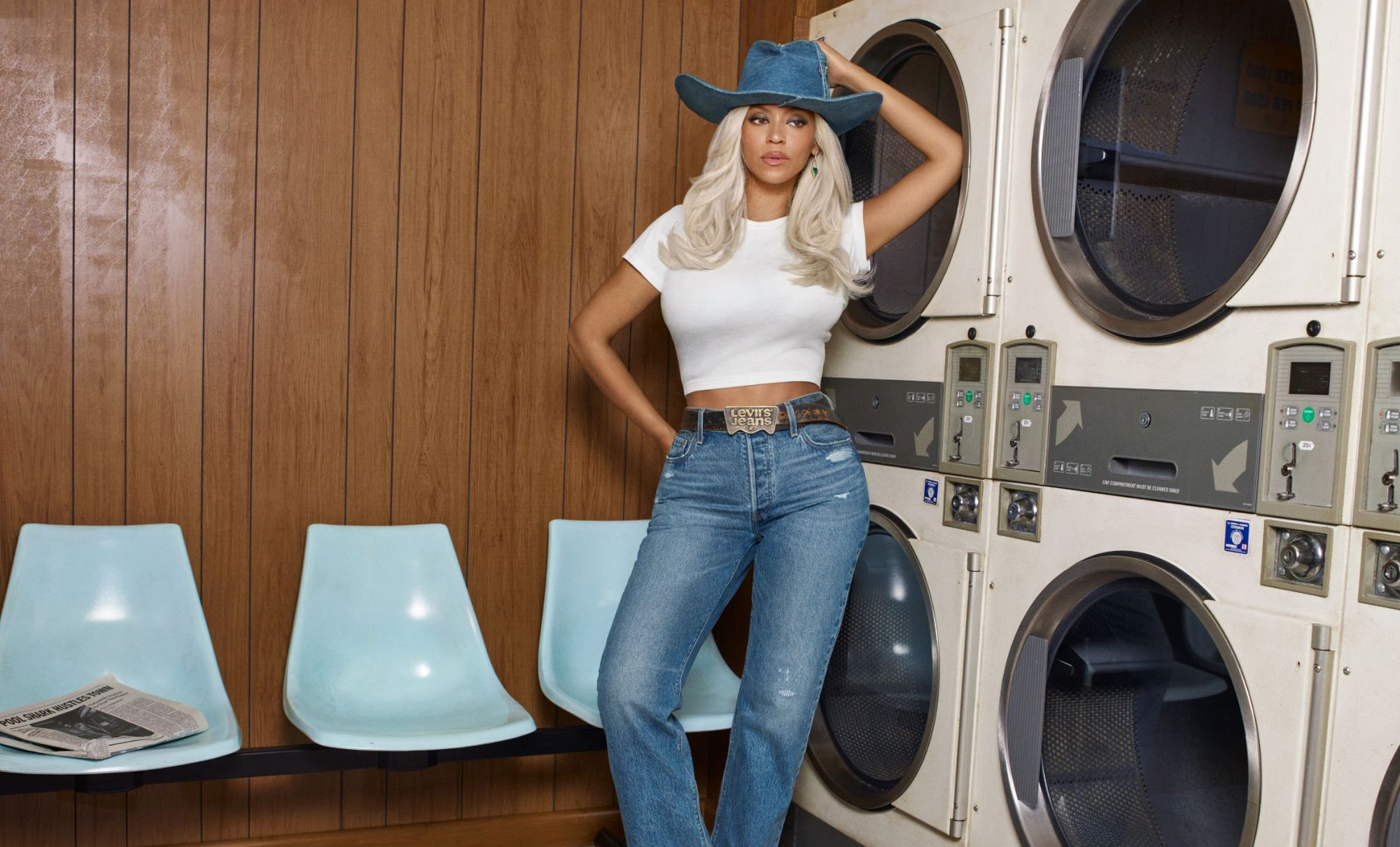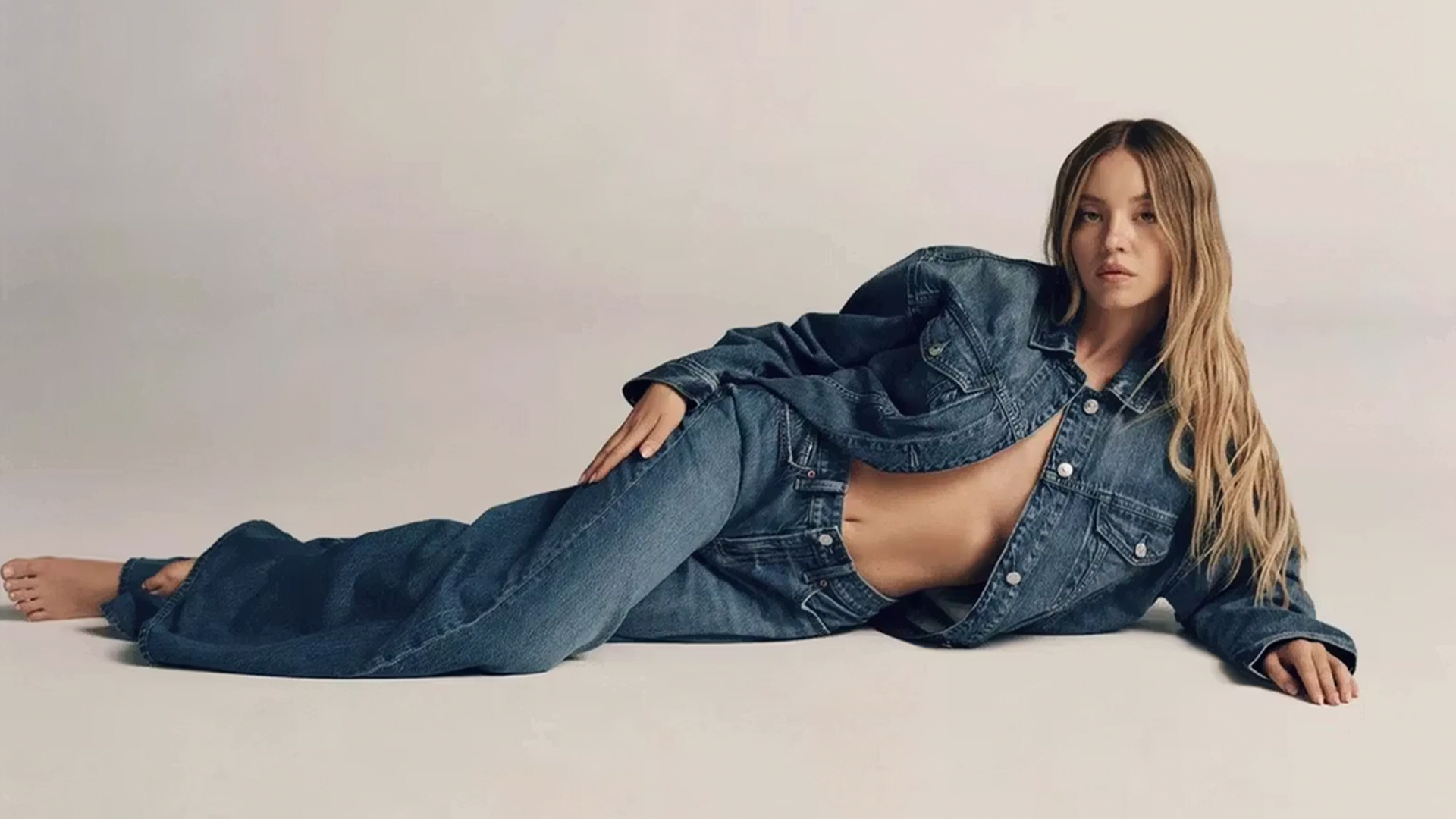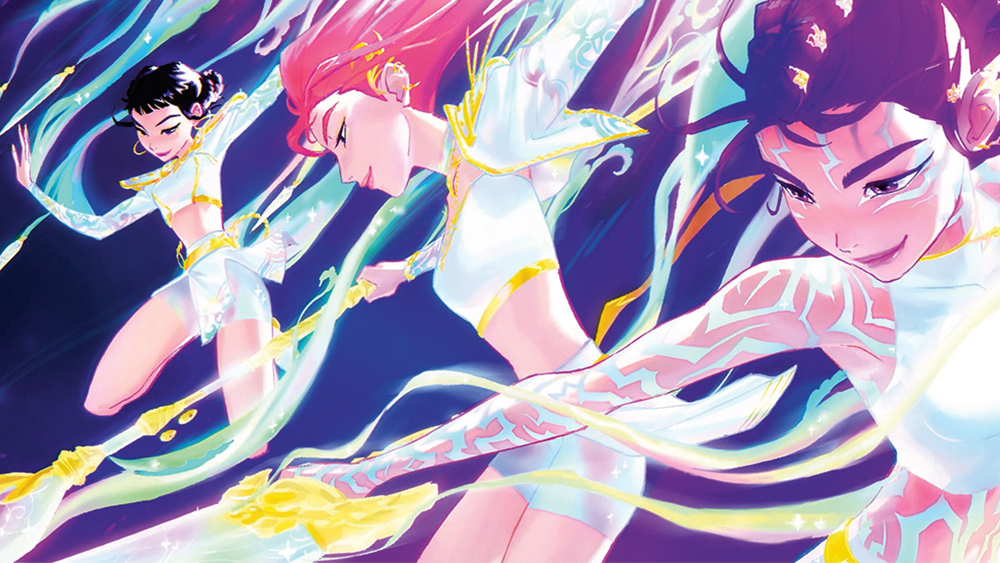Beyoncé versus Sydney Sweeney: two denim ads, one dangerous divide in brand storytelling
When Beyoncé released her Levi’s campaign last year, complete with a reimagined ‘80s laundrette, a new track titled Levii’s Jeans, and even a one-off Levi logo change, it was seen as playful and stylish; it felt cinematic, nostalgic, and unmistakably Beyoncé. Just a few months later (the Levii campaign is still running), American Eagle launched its Sydney Sweeney campaign, and, well… the internet practically set itself on fire.
Both clothing campaigns revolve around denim. Both leverage pop culture icons. Both play with identity, nostalgia, and the aesthetic of Americana. But only one has triggered widespread accusations of racial dog whistles and coded right-wing messaging. So how did two jeans ads take such radically different paths, and what does this tell us about generational shifts in how marketing messages are interpreted?

Beyoncé’s Levi’s campaign felt smart and self-aware
Beyoncé’s Levi’s ‘Reiimagine’ campaign is everything you'd expect from a pop-cultural juggernaut with an eye for good branding: high-gloss visuals, archival throwbacks, and just the right mix of sensuality and self-awareness. Inspired by Nick Kamen’s iconic 1985 commercial, an ad I remember caused controversy at the time, but also hailed as one of the best ads of all time, Beyoncé updates the laundrette fantasy with her vision of female empowerment.
What’s smart is how the ad repurposes nostalgia without feeling inferior. She’s not just revisiting the past; she’s rewriting it and playfully making it feel relevant. Levi’s, in turn, has seen a $1.4 billion increase in revenue, with organic growth around 9%, proof that the right kind of storytelling still sells denim in 2025. (As reported by Retail Dive.)
Of course, the ad wasn’t without its critics. Some Reddit threads and Twitter corners complained of overexposure or excessive sensuality, but most reactions centred around tone and celebrity fatigue, not morality or politics. Indeed, the biggest complaints appeared to repeat those aimed at the original Nick Kamen ad, namely “nobody is simply stripping their clothes off and throwing them in the wash […] maybe I am a prude for not liking sexualized ads and random sex scenes”. (I'm getting déjà vu just writing it.)
For more iconic work, check out our roundup of the best ad campaigns of the '80s.
Sydney Sweeney’s American Eagle spot: a perfect storm
Meanwhile, American Eagle and Sydney Sweeney aimed for quirky wordplay, a joke that didn’t land, and got a PR headache. The ad, which opens with Sweeney discussing her “great genes” before revealing it’s actually about “jeans,” ignited immediate backlash. Critics accused it of evoking eugenics rhetoric and idealising white beauty standards.
Daily design news, reviews, how-tos and more, as picked by the editors.
Publications from Cosmopolitan to The Guardian called out the campaign’s uncanny resemblance to white supremacist dog whistles. The Daily Beast reported on how some called the ad “Nazi propaganda”. Whether that’s a fair read or not, whether that's some taking things too far, the perception was already baked in, and the damage was done.
Sydney Sweeney herself hasn’t commented, and the brand stood by the campaign, despite other brands 'clapping back' at the ad. American Eagle’s stock rose briefly, but so did debate. In today’s climate, controversial ads can still move the needle, but not always in ways that can be controlled.
Explore more in our feature on ad campaigns that backfired, and what creatives can learn.

So what separates the success of Beyoncé’s campaign from the fallout of Sweeney’s jeans ad?
It’s not just budget or star power, it’s intentionality. Beyoncé’s campaign delivers a layered story rooted in identity, legacy, and fashion history. It uses visual iconography with purpose and control. Everything feels earned and has context.
American Eagle’s ad, by contrast, seems caught in a tonal gap, too clever for its own good, yet not clever enough to dodge historical subtext and misinterpretation. It lacked narrative guardrails, and in a hyper-aware media environment, the audience, particularly Gen Z, who are attuned to underlying messaging, filled in the blanks and didn't like what they discovered, whether real or misread.
As we’ve reported on before, when it comes to building a future-proof brand and great advertising, you need design, plus culture, plus timing – Nike's Dream Crazy campaign with Colin Kaepernick is a great example, and remains one of the best ads of the 2010s. But timing without awareness, messaging with context, is like, to paraphrase Herb Lubalin, typography without kerning; it almost works, it feels right, until you look closer, take a second glance, and something feels off.

A joke, but no-one's laughing
The fact that something as simple and well-worn (sorry) as a jeans ad can become a flashpoint in the current climate tells us a great deal about how different generations are reading branding and imagery. Beyoncé’s Levi’s collaboration is a masterclass in how to update a cultural touchstone with precision and purpose, a reminder that nostalgia done right, and with context, can land.
The Sydney Sweeney campaign? It's a case study in what happens when a brand forgets that puns don’t exist in a vacuum, jokes often need context, and misinterpretation can fill dead space. In an era of layered identities, casual creative decisions can take on new meaning.
Ultimately, I would argue Beyoncé sold a vision, American Eagle sold a ‘fun’ pun – a playful joke – and the punchline didn’t land.

Ian Dean is Editor, Digital Arts & 3D at Creative Bloq, and the former editor of many leading magazines. These titles included ImagineFX, 3D World and video game titles Play and Official PlayStation Magazine. Ian launched Xbox magazine X360 and edited PlayStation World. For Creative Bloq, Ian combines his experiences to bring the latest news on digital art, VFX and video games and tech, and in his spare time he doodles in Procreate, ArtRage, and Rebelle while finding time to play Xbox and PS5.
You must confirm your public display name before commenting
Please logout and then login again, you will then be prompted to enter your display name.
